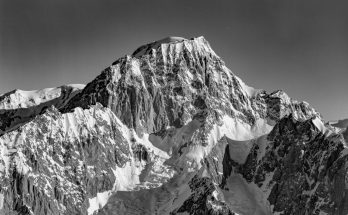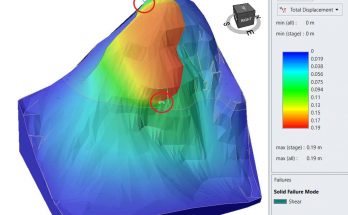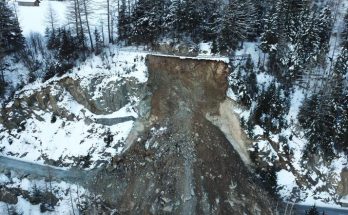Alain Breguet et Jérôme Dubois
Co-supervisors: Prof. Michel Jaboyedoff, Karen Sudmeier-Rieux
Expert : Andrea Pedrazzini
Rapporteur : Prof. François Marillier
Himalayan region is characterized by an important density of landslides related to earthquake, monsoon rains and the important weathering of the bedrock. Several mountain communities are affected by these phenomena. A complete geotechnical hazard assessment is often difficult to complete in developing countries due to low available funding. In this study, we propose a risk mapping methodology that can be quickly applied in order to have a first overview of human risk associated with landslides in the Pakistani Kashmir and Dharan region of eastern Nepal.
This methodology proposes a quick field survey coupled with an intensive use of different types of remote sensing data. The main morphological information is collected in the field in order to have an objective analysis of the phenomena. Each landslide is mapped with its location, size and state of activity based on cracks and vegetation investigation. Participatory mapping with local communities is required to gain information and to understand which problems are caused by each landslide and to locate relict cracks and landslides. Secondly, modeling based on a digital elevation model (DEM) provides other information like a stability index (SINMAP), distance calculations and slope analysis.
The risk is assessed for buildings and roads with two different calculations. Each building receives a susceptibility level and a potential damage value based on the characterization of each landslide (frequency, volume, activity). The risk is the multiplication of these two values by the number of inhabitants per building. The roads are separated into sections below and above landslides. The calculation includes the frequency and probability of spatial occurrence of the landslide and different characteristics of the road including its length, the number of vehicles per day, vehicle speed and occupancy. Four colors are defined to show the amount of risk of each building and road section.
This methodology is quick, relatively cheap and can be applied in places with incomplete datasets. This simple methodology can be integrated into development projects by development agencies and local development authorities to consider risk due to landslide.



